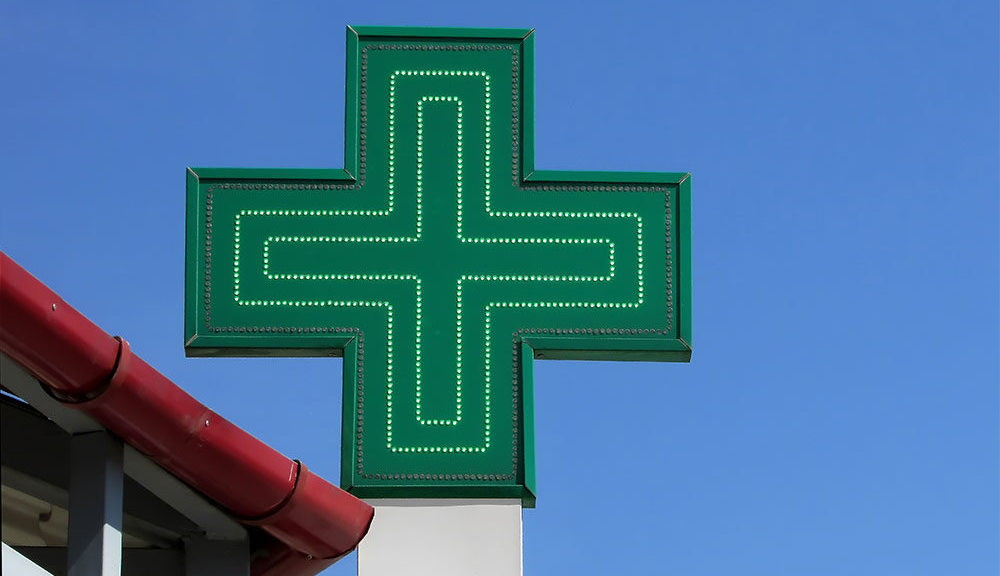“Urban decay” in America speaks a universal language, a vernacular seen and heard in movies, political ads and in real life.
The wealthier, whiter areas, by contrast, tend to limit or ban cannabis businesses outright.
Though this new research was conducted in Washington, previous studies also found that adult-use cannabis stores “are more likely to concentrate in economically disadvantaged areas.” Similar situations are seen across the country.
“Most cannabis green zones are in low-income areas, and it’s been causing problems for both the residents and cannabis businesses,” said Amber E.
Keep in mind how cannabis legalization was pitched to policymakers and the public after decades of cannabis-centered drug war overpolicing and incarceration.
In the study, researchers from the University of Washington and the Oregon Public Health Division surveyed 10,009 people aged 18 to 25 living in Washington state.
Respondents’ “neighborhood disadvantage,” a metric derived from “five US census variables,” was also assessed.
What does de-facto cannabis redlining look like in action? New York State offers an example.
Where was cannabis banned? In Westchester County, a wealthy suburb immediately north of New York City and the second-wealthiest county in the state after Manhattan, most cities chose to ban.
New York is only the most recent example.
In New Jersey, at least some areas opted out because they felt the process was moving too quickly, or that they didn’t get enough guidance from the state.
There is nothing inherently seedy about a weed store, in the same way there is nothing inherently seedy about a store that sells liquor.
Until they do, cannabis stores are victims of a policy that, regardless of intent, falls into the same patterns of behavior of cannabis prohibition.
